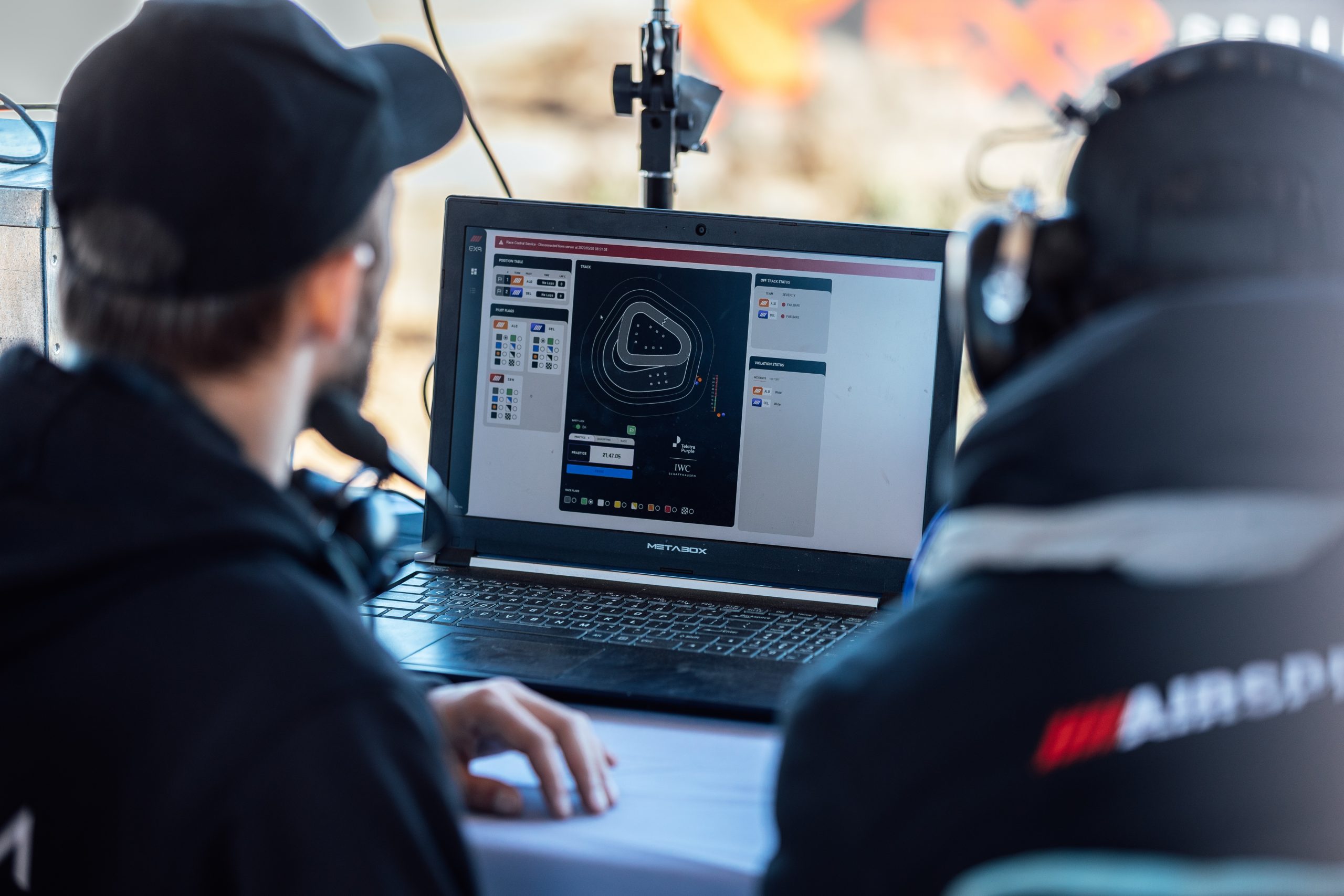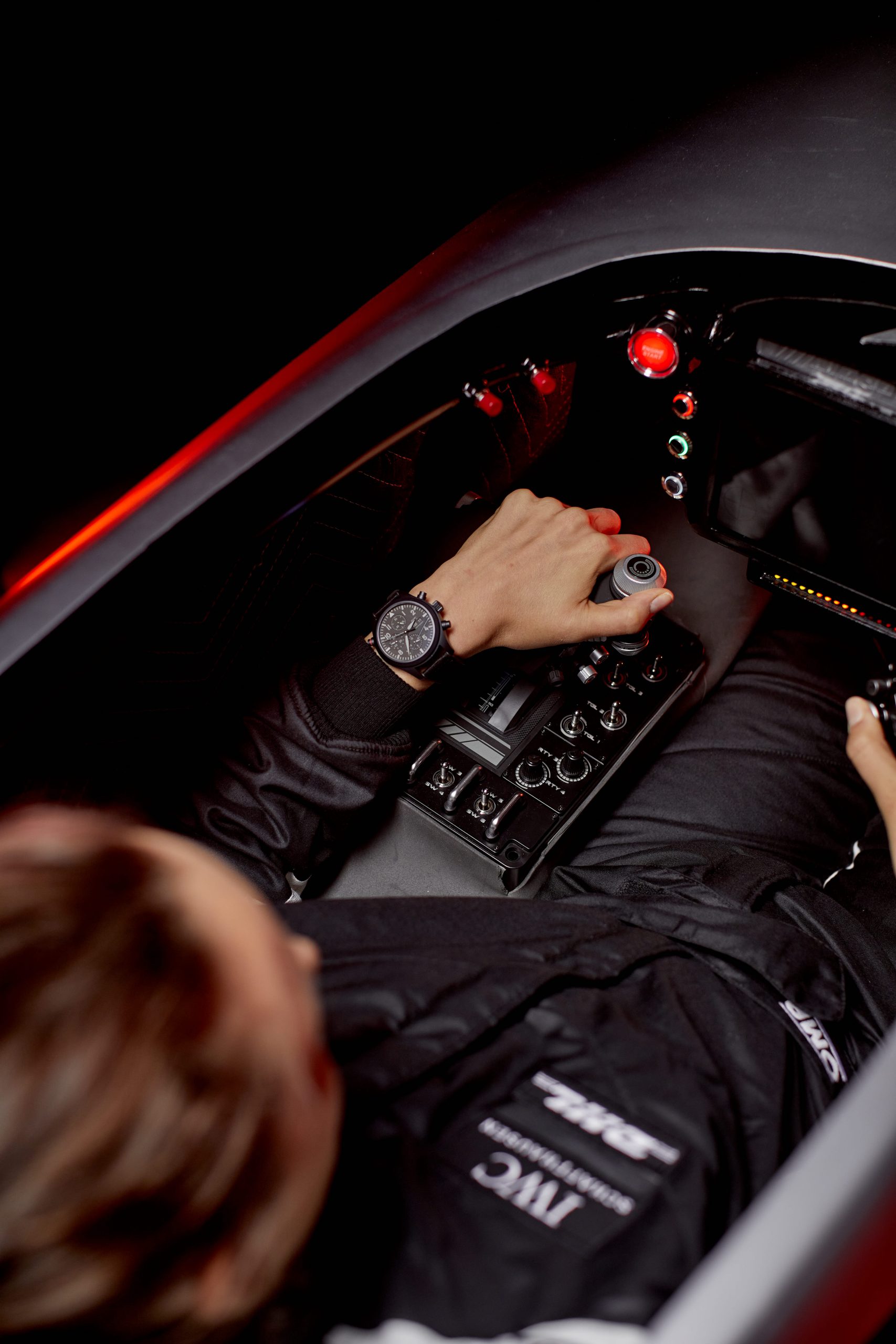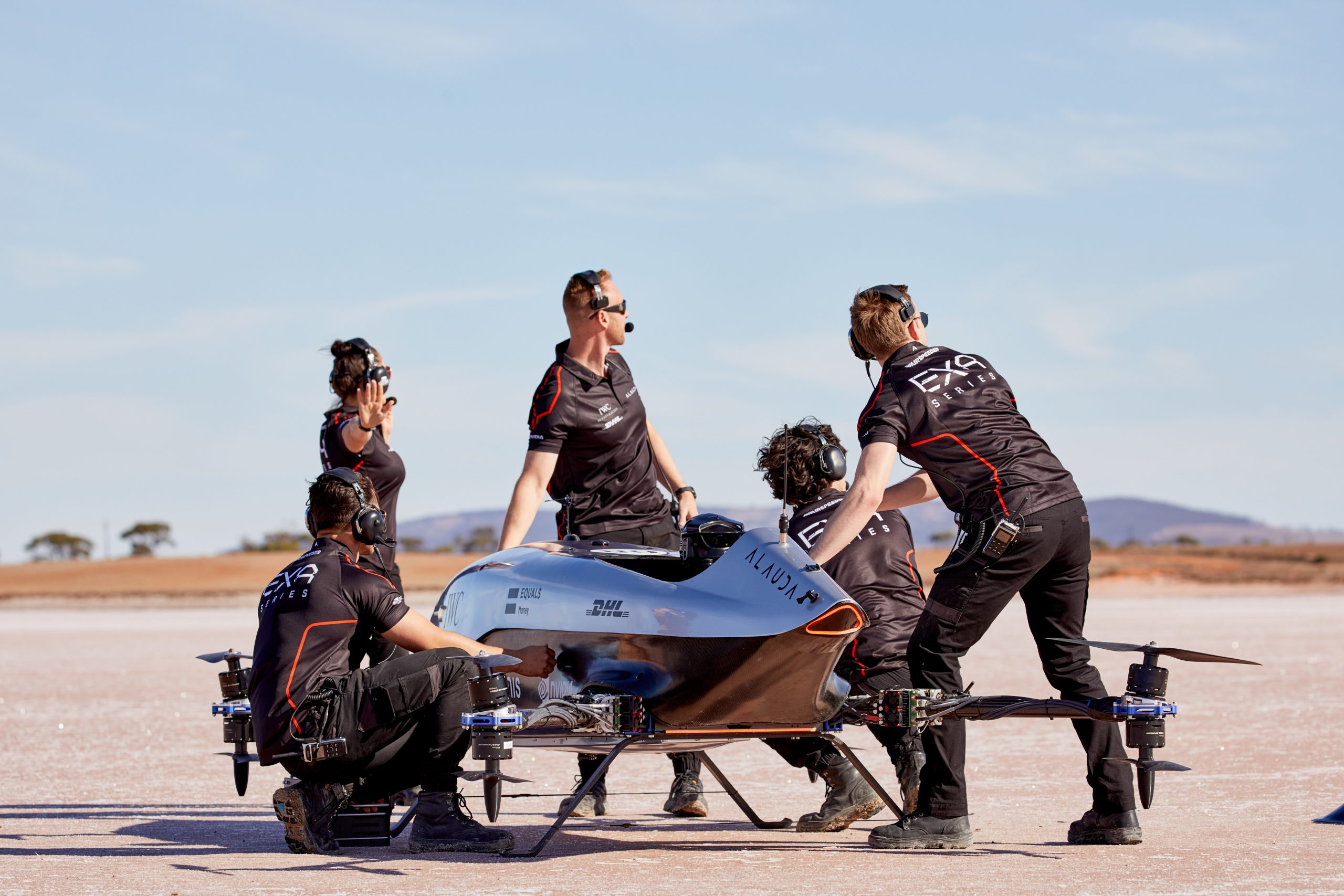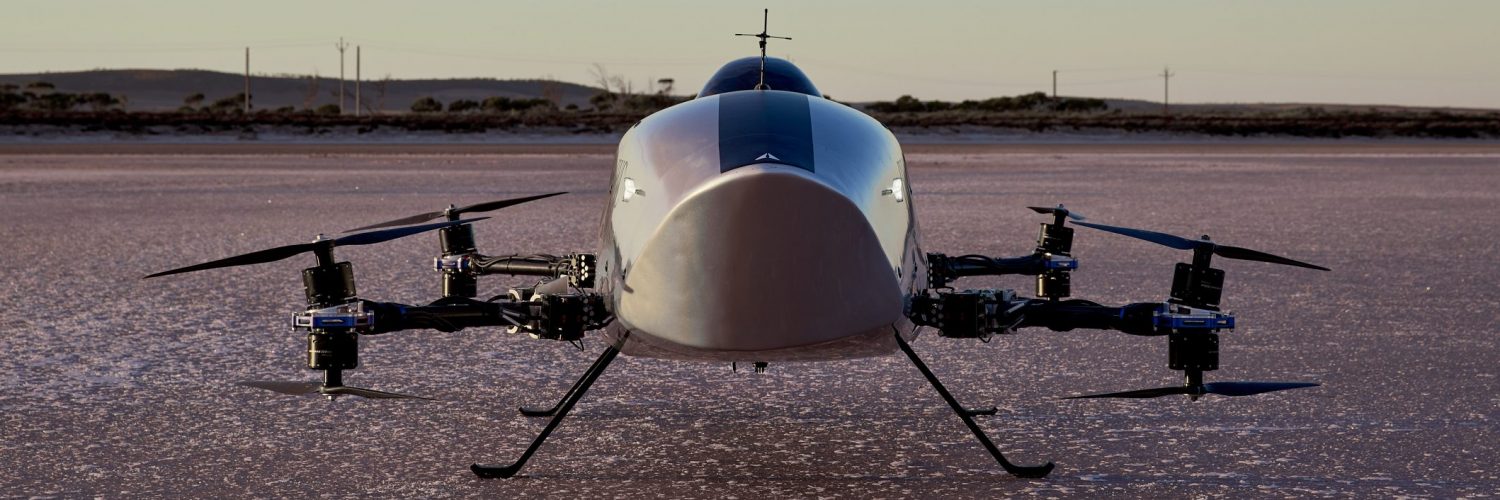In all forms of motorsport, crashing is inevitable. It’s a simple fact of competitive racing that accidents will happen.
Whilst everyone is familiar with those accidents of the four or two wheeled variety, the groundbreaking Airspeeder flying car racing series may be new to many.
Yet the ultimate goal remains the same. To learn from those mishaps, make the vehicles safer and advance technology so that one day we may see flying cars as a viable and safe form of transportation.
“There’s a reason the first time we send a rocket to the moon, we send it without people on board,” says Chief Executive Officer at Airspeeder, Matt Pearson. “We need to try many things, try many phases of the mission, qualify a vehicle in a safe way before we send people into the unknown.
“Every time we crash, we learn. Being comfortable with crashing allows you to accelerate innovation.”

The first experience of ‘failure’ was a very public one, at the world-famous Goodwood Festival of Speed in 2019. The Mk 2 eVTOL Alauda crash landed in a field and, although nobody was hurt, it was a sobering and somewhat embarrassing moment.
Nonetheless, as the famous saying goes, if you fall off the horse then the only thing to do in order to put wrongs to wright is jump straight back on. Since those early days, the groundbreaking Airspeeder Series has seen its first two remotely piloted races, both won by surfer turned drone pilot Zephatali Walsh.
And, like in any form of motorsport, it wasn’t without incident. There was another crash, this time FPV and drone expert Lexie Janson putting the eVTOL Alauda Mk3 down during qualifying, only to bounce back and finish on the podium behind Walsh.
There will be further successes and further failures. And as Pearson so rightly points out, the history of motorsport is littered with accidents, many of them tragic. The first cars weren’t taxis, they were racing cars. That cutting edge technology the proving ground for the cars people drive on the roads.
And that is the ultimate goal of Airspeeder, to test the embryonic stages of technology that one day, perhaps many decades in the future, could be a method of safe transport.

“What we learn from crashing in the short term improves the vehicle and keeps people safe,” adds Pearson. “In the long term, these improvements add up to advance us towards the future of motorsport and the future of mobility.
“Each time we crash, we learn. And we never crash the same way twice. Every time we crash, we want to extract maximum learning, huge amounts of data, getting that back and making it useable as fast as possible.”
“We want to build vehicles that anyone can own, and anyone can fly. So, what we learn from racing and crashing will make those vehicles the safest vehicles in the sky.”
Turning Science Fiction into Science Fact maybe closer than we all think.
A COLLABORATION OF THE GREATEST TECHNICAL INDUSTRIES
Alauda Aeronautics’ Technical Leadership Team is drawn from the greatest minds of the tech, automotive and aeronautical industries including IWC Schaffhausen, Ferrari, McLaren, Jaguar Land Rover, Rolls Royce, Boeing and Airbus. It is the first in the world to be in production with performance electric flying cars.
The Alauda and Airspeeder teams were also able to draw upon expertise from Acronis and Teknov8 in securing and managing vital telemetry and race data with the ultimate goal to create the digital architecture that will drive the 5G enabled infrastructure needed to ensure the safe management of autonomous and piloted eVTOL vehicles in urban environments.

TEAM UP WITH ACRONIS
Acronis is proud to be the official Cyber Protection Partner of Airspeeder. To find out more, please visit https://www.acronis.com/en-us/lp/msp-sports/




